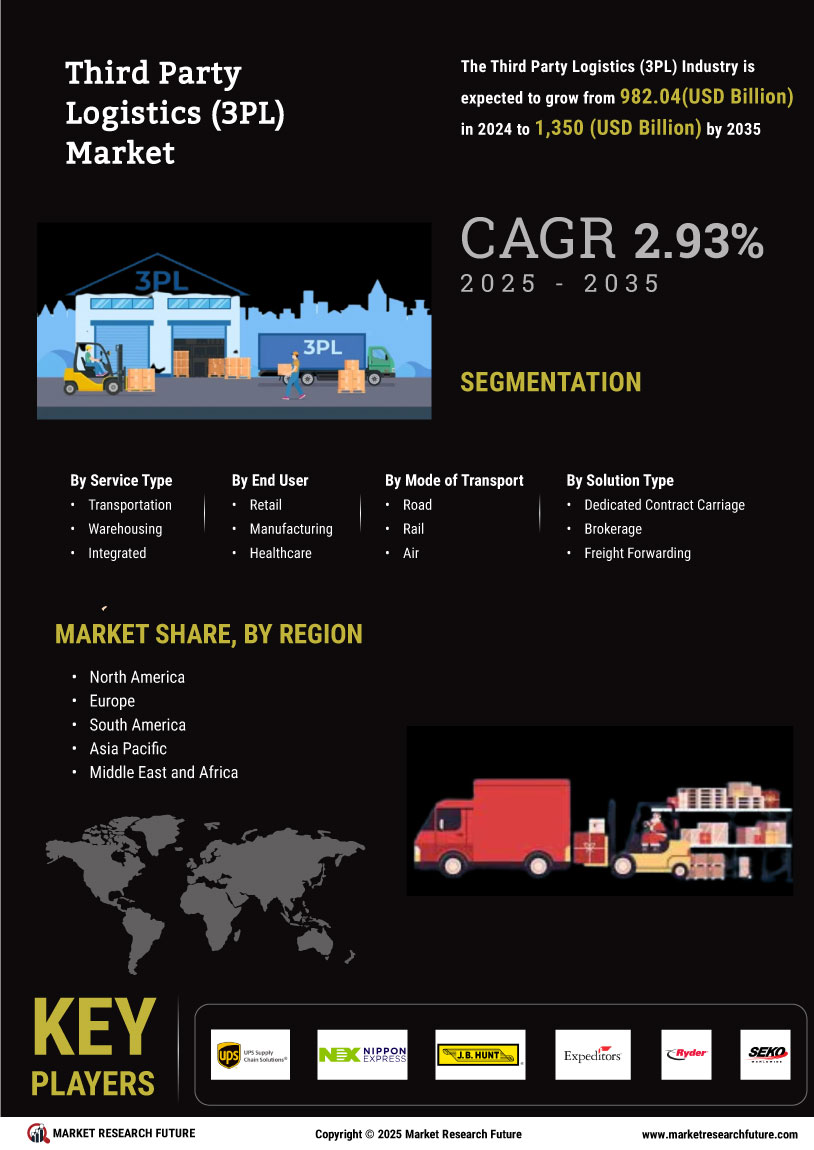The competitive dynamics within the Germany third party logistics market are characterized by a blend of innovation, strategic partnerships, and a focus on sustainability. Key players such as DHL Supply Chain (DE), Kuehne + Nagel (DE), and DB Schenker (DE) are at the forefront, each adopting distinct operational focuses that shape the market landscape. DHL Supply Chain (DE) emphasizes digital transformation and automation, aiming to enhance efficiency and customer service. Kuehne + Nagel (DE) appears to be leveraging its global network to optimize supply chain solutions, while DB Schenker (DE) is focusing on sustainability initiatives, indicating a collective shift towards environmentally responsible logistics practices.
The market structure is moderately fragmented, with a mix of large multinational corporations and regional players. This fragmentation allows for localized strategies, such as optimizing supply chains and enhancing customer engagement. The influence of major players is significant, as they set benchmarks for service quality and operational efficiency, compelling smaller firms to adapt or innovate to remain competitive.
In November 2025, DHL Supply Chain (DE) announced a partnership with a leading technology firm to develop AI-driven logistics solutions. This strategic move is likely to enhance their operational capabilities, allowing for more precise demand forecasting and inventory management. Such advancements may position DHL Supply Chain (DE) as a leader in the digital logistics space, potentially reshaping customer expectations and service delivery standards.
In December 2025, Kuehne + Nagel (DE) expanded its warehousing capacity in Germany by acquiring a new facility in the North Rhine-Westphalia region. This expansion is strategically important as it enables Kuehne + Nagel (DE) to better serve its clients in the automotive and consumer goods sectors, which are experiencing increased demand. The move not only strengthens their market position but also enhances their ability to provide tailored logistics solutions.
In January 2026, DB Schenker (DE) launched a new sustainability initiative aimed at reducing carbon emissions across its logistics operations by 30% by 2030. This initiative reflects a growing trend among logistics providers to prioritize environmental responsibility, which is becoming a critical factor for clients when selecting logistics partners. By positioning itself as a leader in sustainability, DB Schenker (DE) may attract environmentally conscious businesses, thereby enhancing its competitive edge.
As of January 2026, the competitive landscape is increasingly defined by trends such as digitalization, sustainability, and the integration of AI technologies. Strategic alliances are becoming more prevalent, as companies recognize the need to collaborate to enhance service offerings and operational efficiencies. The shift from price-based competition to a focus on innovation, technology, and supply chain reliability is evident, suggesting that future competitive differentiation will hinge on the ability to adapt to these evolving market demands.









